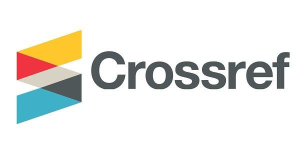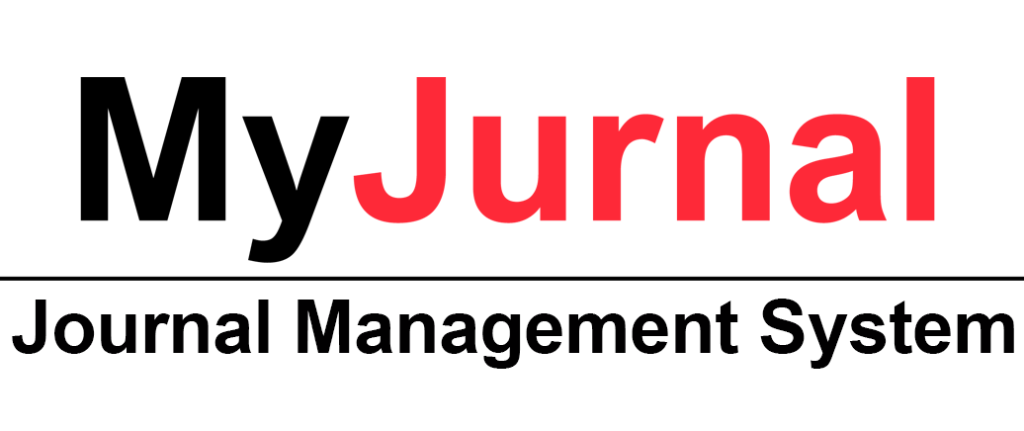Challenges Encountered by Community Colleges at Shaqra University in Saudi Arabia: A Documentary Analysis
DOI:
https://doi.org/10.31436/ijes.v4i2.129Abstract
The principal aim of this study is to investigate to what extent the four community colleges operating under the jurisdiction of Shaqra University: Shaqra, Adduwadimi, Huraymila, and Alquwayiyah, meet the needs of Saudi Arabian society. The research method was a qualitative documentary analysis, which involved examining and interpreting official documents. The following are the primary findings of the study:(a) enrollments at the four colleges have fluctuated over the past 3 years (2012-2014); (b) the number of graduates from the four community colleges has steadily decreased, resulting in an abnormally low graduation rate overall; (c) the faculty to student ratios at the community colleges are typically small; and (d) there was a policy of continuous hiring of additional administrators and technicians between 2012 and 2014, with the result that the ratio of administrators and technicians to enrollees has become bloated. Consequently, the continued existence of these community colleges hangs-in-the-balance, and the concerned authorities need to seek urgent resolution to this problem to avoid huge financial losses and wastage on the part of the government. To resolve the on-going problems, the researcher recommends that the four community colleges at Shaqra University be just combined into two, and if necessity requires, retrenchment of faculty and administrators is conducted to achieve the ideal faculty to student ratio and administrator to student ratio. Finally, the researcher concludes that the best model for a community college system that can be adapted to the context of the Kingdom of Saudi Arabia is the American system of community colleges.
Metrics
References
Al-Ghandi, S.M. (1984). A study to explore the extent to which junior colleges meet the Saudi Arabian community diverse educational needs as perceived by administrators, teachers and students. Unpublished doctoral dissertation. University of Pittsburg, USA.
Aslanian, C. B. (2001). Adult students today. New York: The College Board.
Bowen, G. A. (2009). Document analysis as a qualitative research method. Qualitative Research Journal, 9(2), 27–40.
Cohen, A. M., Brawer, F. B., &Kisker, C. B. (2013). The American community college. Hoboken, NJ: John Wiley & Sons.
Cristobal, S.C. Jr. & Nahra, F.J. (2016). Challenges andopportunities for state systems of community colleges: A document analysis. Community College Journal of Research and Practice, Retrieved from: http://dx.doi.org/10.1080/10668926.2016.1142484.
Davis, B., & Wessel, D. (1998). Prosperity: The coming 20-year boom and what it means to You. New York: Random House.
Franco, R.W. (2009). The civic role of community colleges, preparing students for the work of democracy. Retrieved fromhttp://www.compact.org/resources/downloads/CCivic role-final.pdf
Lee, E. W.C., & Young, E. (2003).Pioneering the community college movement in Hong Kong. International Journal of Lifelong Education, 22(2), 47-158.
Levine, A., Templin, R. G., McPhail, C., Rouecher, J. E., Shannon, H. D., & Omundson, B. (2004). The biggest challenge for community colleges: 6 Views. Chronicle of Higher Education,Retrieved from http://chronicle.com/article/The-Biggest-Challenge-for/28226.
McCabe, R. H. (2000). No one to waste: A report to public decision-makers and communitycollege leaders. Washington, DC: Community College Press.
McVeigh, P. (2007, July). Community college: A world of opportunities. Community Colleges In the USA, 1(3). 22-27
Mitchell, J. (2013). Is there bloat in our schools? Ratio of administrators to students. Retrieved from http://c.ymcdn.com/sites/www.sais.org/resource/resmgr/imported/FastStats_April.pdf.
Ministry of Education: Education Statistics Center (2016). Retrieved from: https://www.mohe.gov.sa/ar/Ministry/Deputy-Ministry-for-Planning-and-Information-affairs/HESC/Ehsaat/Pa
Ministry of Higher of Education (MOHE). (2016). Retrieved from: https://www.mohe.gov.sa/en/ shu.aspx
Palinchak, R.S. (1973). The evolution of the community college. Metuchen, N.J.: Scarecrow Press
Raby, R.L. & Valeau, E. (2009). Community Colleges in China’s Two Systems. Amsterdam: Springer Press.
Yung, M. S. (2002). Community college: A newborn baby of the Hong Kong education system for the new millennium.Hong Kong Teachers’ Centre Journal, 1(Spring). 35-38.
Downloads
Additional Files
Published
How to Cite
Issue
Section
License
The Journal will own copyright to all published works and have the right of first publication, both in print and online, unless other arrangements are made with the Editors in advance. It is the author`s responsibility to ensure that where copyright materials are included within an article the permission of the copyright holder has been obtained beforehand.






















